The question of how dinosaurs regulated their body temperature has fascinated paleontologists for decades. While modern birds—the descendants of dinosaurs—have various cooling mechanisms, the thermoregulation strategies of their ancient ancestors remain somewhat mysterious. One intriguing possibility is that dinosaurs may have utilized mud or dust baths to cool their massive bodies, similar to behaviors observed in modern elephants and other large mammals. This article explores the scientific evidence, biological parallels, and paleontological insights that might help us understand whether dinosaurs could have indeed used mud or dust as cooling mechanisms during their 165-million-year reign on Earth.
The Thermoregulation Challenge for Dinosaurs

Dinosaurs faced unique thermoregulation challenges due to their often massive size. Larger dinosaurs, particularly sauropods like Brachiosaurus and Diplodocus, had a relatively low surface-area-to-volume ratio, which made heat dissipation difficult. While smaller dinosaurs could potentially cool down through simple radiation and convection, the giants of the Mesozoic Era would have needed additional strategies to prevent overheating. The square-cube law dictates that as an animal’s size increases, its volume grows faster than its surface area, creating a fundamental problem for heat dissipation in larger creatures. This physical reality would have necessitated specialized cooling behaviors, potentially including the use of environmental resources like mud and dust, to maintain optimal body temperatures in varying climatic conditions.
Biological Precedents in Modern Animals
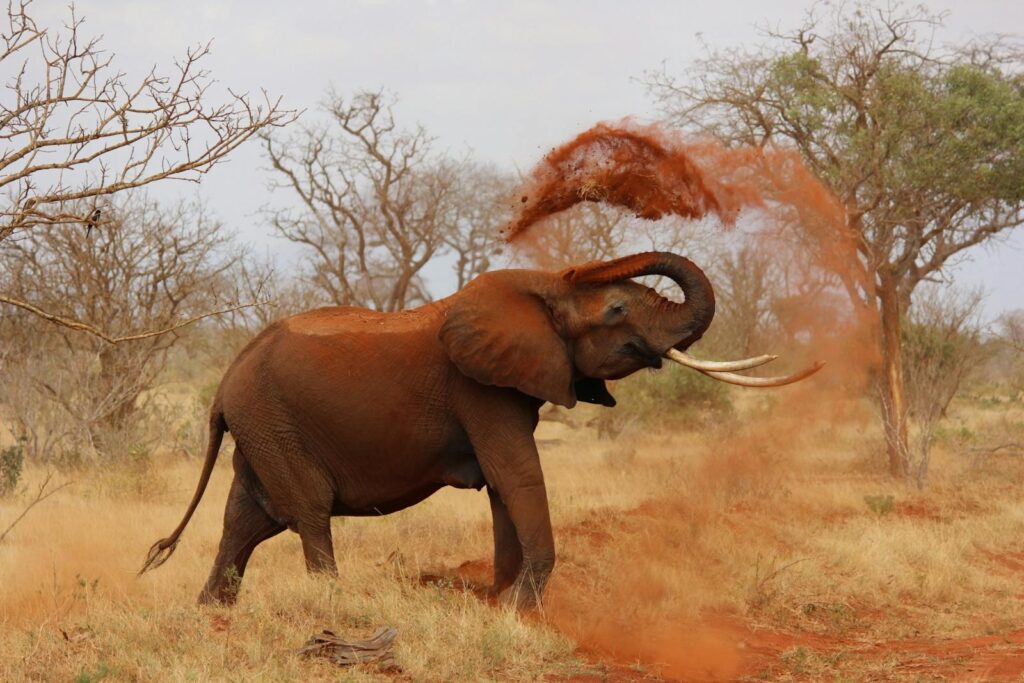
Modern animals provide valuable insights into potential dinosaur behaviors through the principle of comparative biology. Elephants, the largest land animals today, regularly engage in mud wallowing and dust bathing to cool down. The mud creates a protective layer that shields their skin from the sun’s heat, while also cooling through evaporation as it dries. Similarly, rhinos, buffalo, and various birds use dust or mud baths not only for cooling but also for parasite protection. Pigs are especially renowned for their mud wallowing behavior, which serves multiple functions, including temperature regulation. These examples from extant megafauna suggest that similar behaviors would have been advantageous for large-bodied dinosaurs facing comparable thermoregulatory challenges, especially in the warmer climates of the Mesozoic Era.
The Evidence from Paleontological Sites
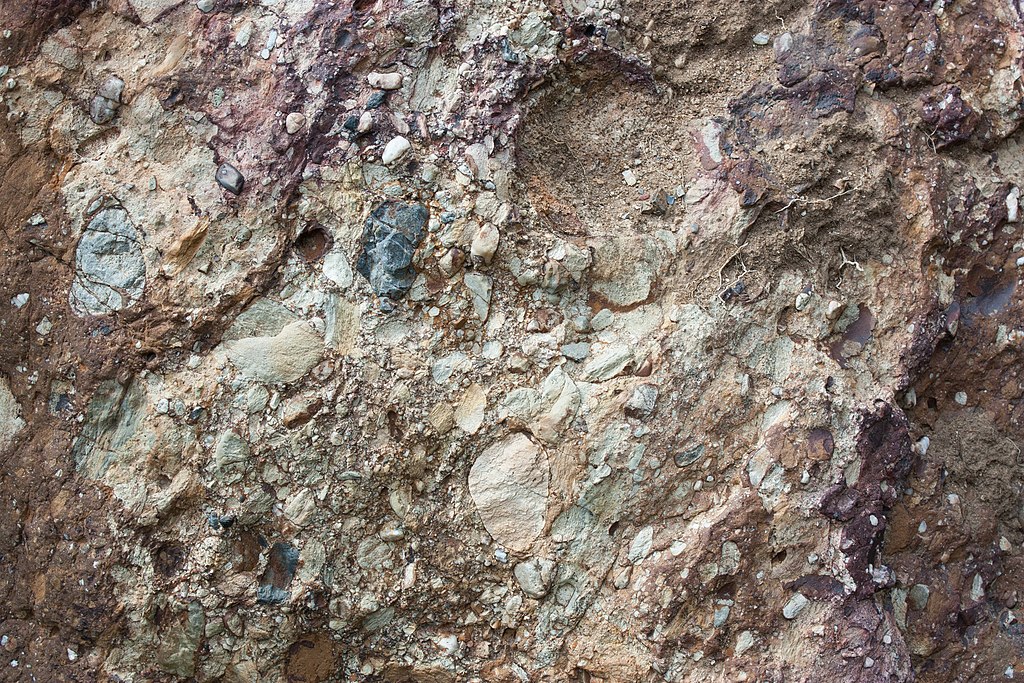
Several fossil sites have yielded evidence that might support the mud-bathing hypothesis. Certain track sites show dinosaur impressions in what would have been muddy areas, with some tracks suggesting potential wallowing behavior rather than simple locomotion. The famous “Dinosaur Death Pits” in western Colorado, for instance, contain numerous sauropod fossils in what appears to have been a prehistoric mud wallow. These sites reveal dinosaurs congregating around muddy depressions, similar to how modern animals gather at water holes or mud pits. While taphonomic processes (how organisms decay and become fossilized) can make interpretation challenging, the repeated association of certain dinosaur species with ancient muddy environments provides circumstantial evidence for deliberate mud-seeking behavior that could have served cooling purposes.
Dinosaur Skin Structure and Cooling

Remarkably preserved dinosaur skin impressions give us insights into how their integumentary system might have interacted with environmental cooling mechanisms. Unlike mammals with sweat glands or birds with air sacs, most dinosaurs had scaly skin similar to modern reptiles. This skin type doesn’t allow for evaporative cooling through sweating, but would have been ideally suited for mud or dust cooling techniques. The texture and patterns of dinosaur skin, with its varied scales, ridges, and sometimes quill-like structures, could have helped retain cooling mud or dust. In hadrosaurs (duck-billed dinosaurs), skin impressions reveal complex scale patterns that might have increased surface area for heat exchange or improved the adhesion of cooling substances. Additionally, some dinosaurs had blood vessels close to the skin surface, which would have made external cooling methods particularly effective.
Metabolism and Body Temperature Regulation
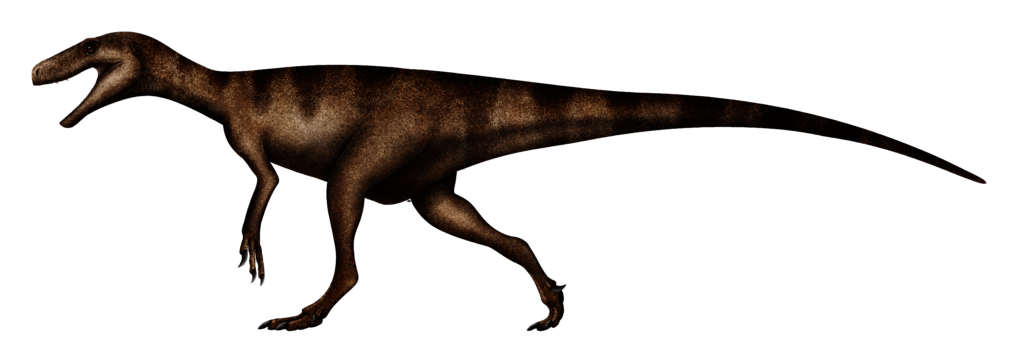
Recent research has revolutionized our understanding of dinosaur metabolism. Many dinosaurs likely had metabolic rates somewhere between modern reptiles and birds—what scientists call “mesothermy” or, in some cases, true endothermy (warm-bloodedness). This higher metabolic rate would have generated more internal heat than in ectothermic reptiles, creating a greater need for cooling mechanisms. Studies of dinosaur bone microstructure show growth patterns consistent with elevated metabolic rates, while isotope analyses suggest some dinosaurs maintained relatively stable body temperatures. The combination of a higher metabolism with a large body size would have created a particular vulnerability to overheating, especially in warmer climates or during physical exertion. External cooling methods like mud bathing would have been especially valuable for these animals, allowing them to rapidly dissipate excess heat when needed.
Behavioral Evidence from Trackways
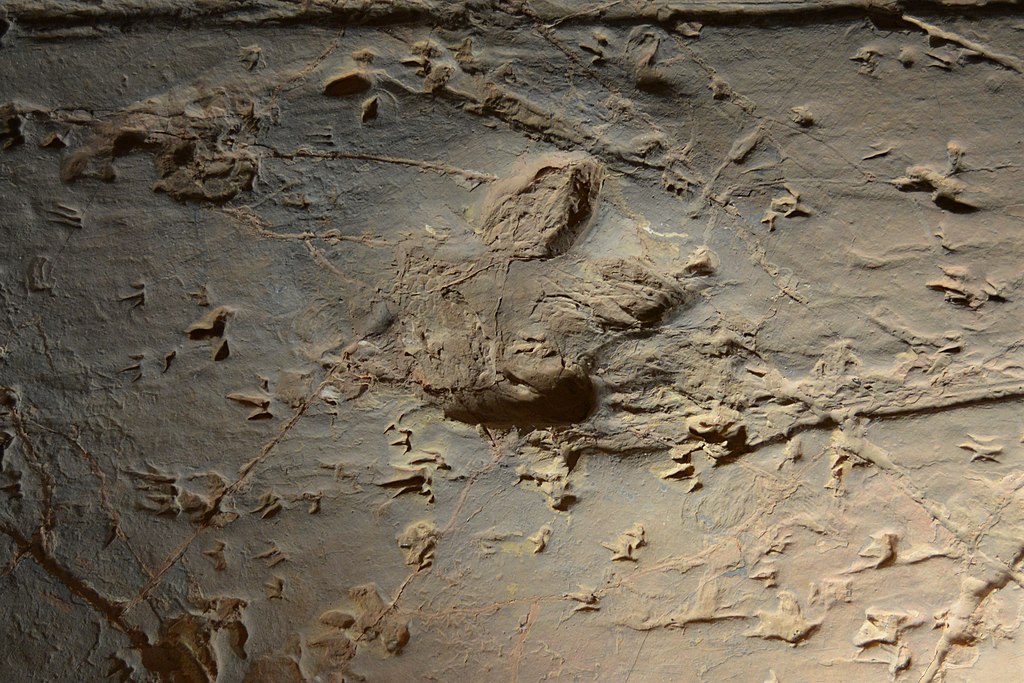
Dinosaur trackways provide a window into behavioral patterns that might indicate cooling activities. Some trackway sites show evidence of dinosaurs congregating around ancient watering holes or mudflats, with tracks suggesting stationary or circular movements consistent with wallowing behavior. In locations like the Morrison Formation in western North America, trackways indicate that multiple dinosaur species frequented the same muddy areas, similar to how various African mammals share modern wallowing sites. The distribution pattern of certain tracks suggests deliberate seeking of muddy areas even when they weren’t on direct routes between feeding grounds. Paleontologists have noted that some trackways show dinosaurs lying down in muddy substrates, creating distinctive “belly impressions” that could represent cooling behavior rather than resting or nesting activities.
Climate Considerations During the Mesozoic

The Mesozoic Era (252-66 million years ago) experienced generally warmer and more humid conditions than today’s world. During much of this time, there were no polar ice caps, and temperatures were relatively uniform across latitudes. The Triassic Period (252-201 million years ago) was particularly hot and dry, while the Jurassic (201-145 million years ago) and Cretaceous (145-66 million years ago) periods saw more variable conditions but remained generally warmer than today. These climatic conditions would have created substantial cooling challenges for large dinosaurs, especially during seasonal temperature peaks. Geological evidence indicates that many dinosaur-rich environments featured seasonal wet and dry periods, which would have created ideal conditions for mud wallowing during the transition phases when mud was neither completely dry nor fully submerged under water.
The Physics of Mud and Dust Cooling
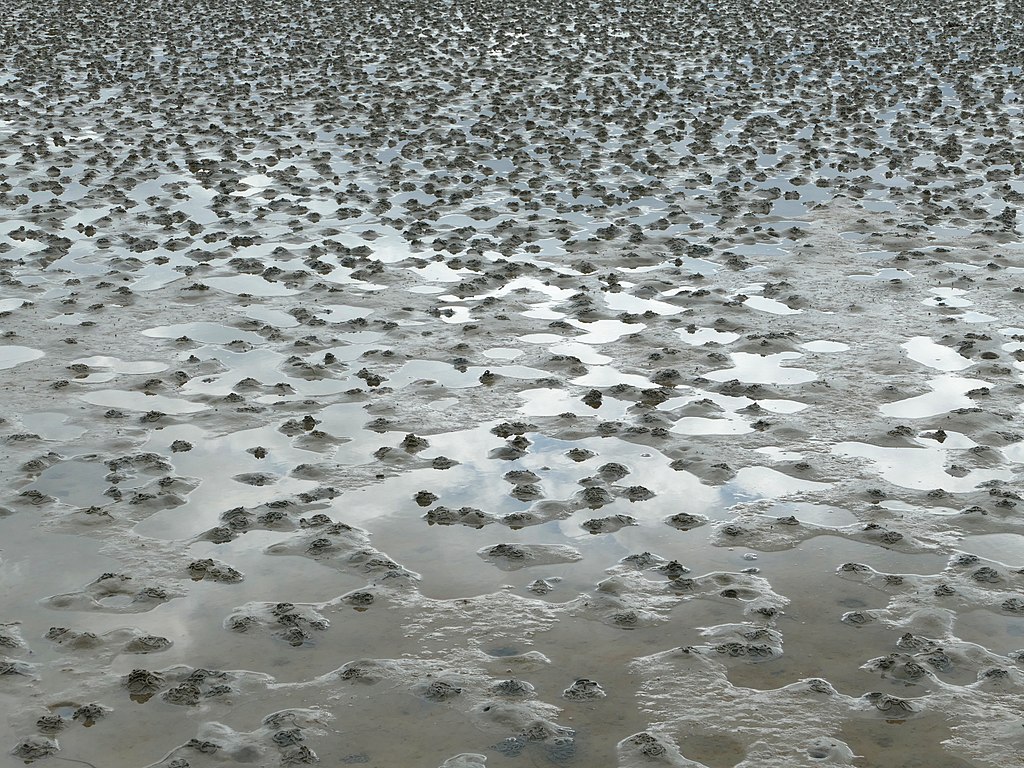
The cooling efficiency of mud and dust relies on several physical principles that would have worked effectively for dinosaurs. Wet mud cools primarily through evaporation—as water in the mud evaporates, it draws heat from the body surface, creating a significant cooling effect. This process is particularly effective in low-humidity environments. Dry dust, meanwhile, can increase radiative cooling by changing the surface reflectivity of the skin and providing insulation from solar radiation. Both substances can also create a barrier against biting insects, which may have plagued dinosaurs as they do modern animals. For larger dinosaurs, the thermal inertia of mud would have been especially beneficial, as it could continue providing cooling effects for extended periods after application. Mathematical models suggest that a mud layer just a few centimeters thick could significantly reduce the heat load on a multi-ton dinosaur during peak daytime temperatures.
Dinosaur Social Behavior and Cooling

Social dynamics may have played a role in dinosaur cooling behaviors, particularly if mud or dust bathing was a communal activity. Evidence from bonebeds and trackways suggests many dinosaur species were highly social, moving in herds or family groups. Modern social animals often engage in synchronized cooling behaviors, with dominant individuals typically gaining first access to limited resources like mud wallows. If dinosaurs followed similar patterns, we might expect to find evidence of hierarchical access to cooling resources. Some fossil sites show age-segregated dinosaur groups, which could indicate different thermoregulatory needs based on body size and age. Juvenile dinosaurs, with their higher surface-area-to-volume ratios, may not have needed mud cooling as urgently as adults, potentially explaining some patterns of fossil distribution where adults and juveniles are found in different environmental settings.
Comparing Dinosaurs to Modern Reptiles

While modern birds are dinosaur descendants, examining the behavior of large reptiles can also provide valuable insights. Crocodilians, though more distantly related to dinosaurs, use mud and water for thermoregulation, basking in the sun to warm up and submerging or mud-wallowing to cool down. Large monitor lizards like the Komodo dragon also utilize environmental features for temperature control, seeking shade or water to prevent overheating. These behaviors in extant reptiles represent evolutionary solutions to thermoregulatory challenges that dinosaurs likely faced. The key difference lies in scale—dinosaurs were often orders of magnitude larger than modern reptiles, amplifying their cooling challenges. Some scientists propose that the largest dinosaurs may have relied on a combination of behavioral strategies, including mud bathing, shade seeking, and activity timing, to maintain optimal body temperatures in ways more complex than those observed in modern reptiles.
The Role of Parasites and Skin Health
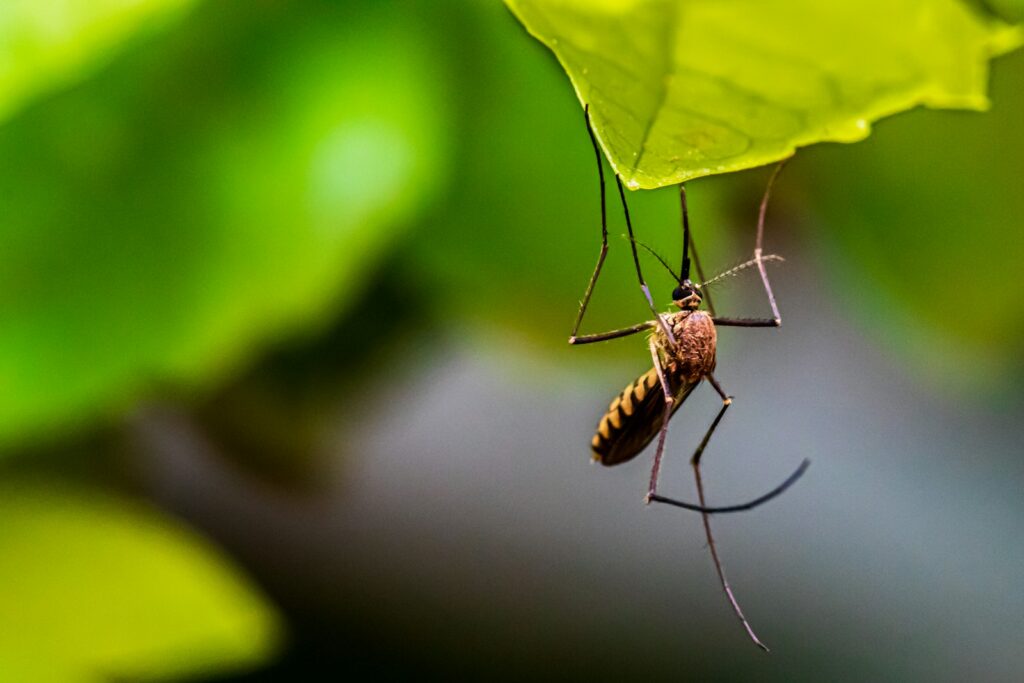
Beyond temperature regulation, mud and dust baths serve important functions in protecting modern animals from parasites and skin irritations. Fossil evidence suggests dinosaurs suffered from various parasites, including blood-feeding insects similar to modern mosquitoes and ticks. Amber specimens from the Cretaceous period have preserved insects that may have fed on dinosaur blood, presenting a pest challenge similar to what modern animals face. Mud and dust baths would have provided a protective layer against these pests while also soothing skin irritations. Some dinosaur fossils show evidence of skin infections or injuries that might have benefited from the antimicrobial properties of certain soils. Additionally, the abrasive nature of dust and sand could have helped dinosaurs shed old skin cells and maintain healthy skin, similar to how modern elephants use dust bathing as part of their skin care regimen.
Theoretical Models and Computer Simulations

Advanced computational techniques have allowed scientists to model dinosaur thermoregulation with increasing sophistication. These models incorporate factors like body mass, environmental temperature, metabolic rate, and the thermal properties of various cooling mechanisms, including mud. Some simulations suggest that for the largest dinosaurs like Brachiosaurus or Argentinosaurus, maintaining optimal body temperature would have been nearly impossible without some form of active cooling behavior. When researchers include mud wallowing in their models, the thermoregulatory challenges become more manageable, suggesting such behaviors were indeed plausible and perhaps necessary. These simulations have also explored seasonal variations, indicating that mud cooling would have been most critical during warmer seasons or in tropical environments. Computer models can now predict the cooling efficiency of different mud compositions and application patterns, helping scientists understand exactly how dinosaurs might have utilized this resource most effectively.
Future Research Directions
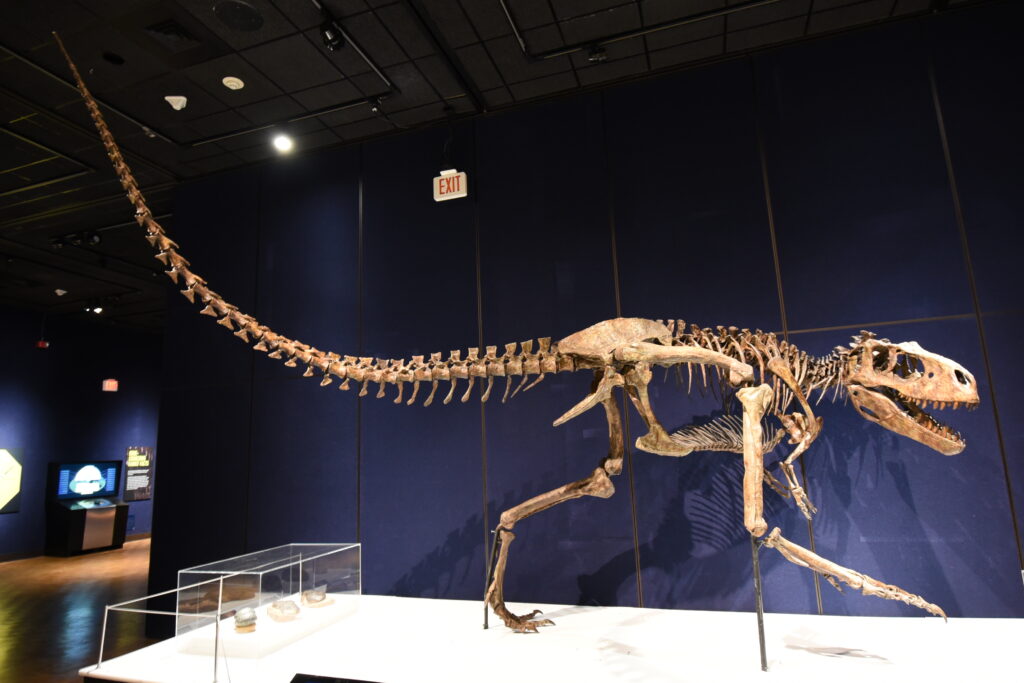
The hypothesis that dinosaurs used mud or dust for cooling remains an active area of paleontological investigation, with several promising research avenues. Future excavations could specifically target ancient mud wallow sites, looking for distinctive fossil preservation patterns or trace fossils that might indicate cooling behaviors. Chemical analysis of sediments associated with dinosaur remains might reveal biomarkers indicating skin oils or other biological materials consistent with wallowing behavior. Advances in computed tomography (CT) scanning of fossils could reveal more about dinosaur skin structure and its suitability for mud adhesion. Experimental studies with modern analogues, such as observing how different mud types interact with various skin textures, could provide valuable comparative data. Additionally, more sophisticated climate modeling of Mesozoic environments could help identify regions where mud cooling would have been most beneficial, potentially guiding future fossil hunting expeditions to locations where evidence of such behavior might be preserved.
Conclusion: A Plausible Cooling Strategy
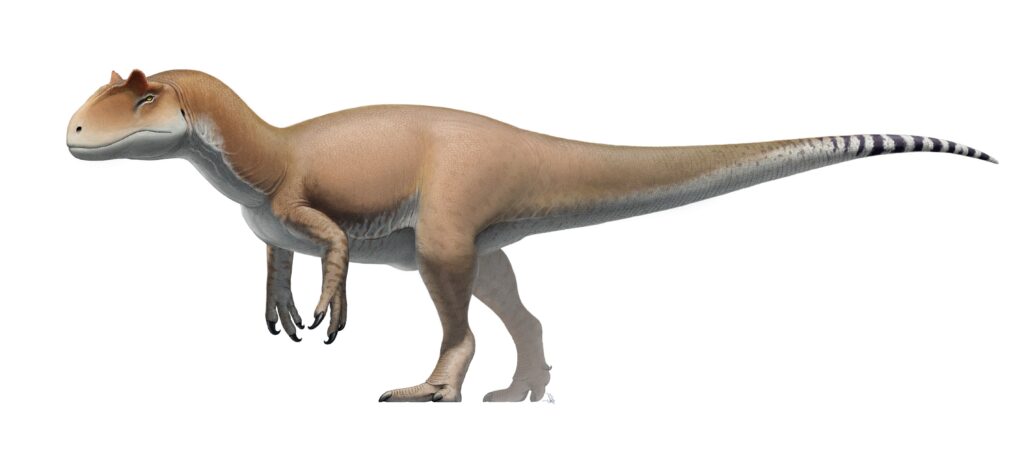
While direct evidence of dinosaurs using mud or dust for cooling remains circumstantial, the convergence of biological, physical, and paleontological evidence makes it a highly plausible hypothesis. The thermoregulatory challenges faced by large dinosaurs, combined with the effectiveness of mud and dust cooling in modern animals, suggest these behaviors would have been advantageous if not essential for many dinosaur species. The preserved association of dinosaur remains with ancient muddy environments, along with our growing understanding of dinosaur metabolism and skin structure, further strengthens this possibility. As paleontological techniques continue to advance, we may one day discover more definitive evidence of these cooling behaviors, adding another fascinating dimension to our understanding of how dinosaurs thrived as Earth’s dominant land animals for over 165 million years. Until then, the image of a massive Diplodocus enjoying a refreshing mud bath on a hot Jurassic day remains both scientifically reasonable and irresistibly compelling to imagine.




